The Strangest Space Stories Of 2017
Strange Space Stories
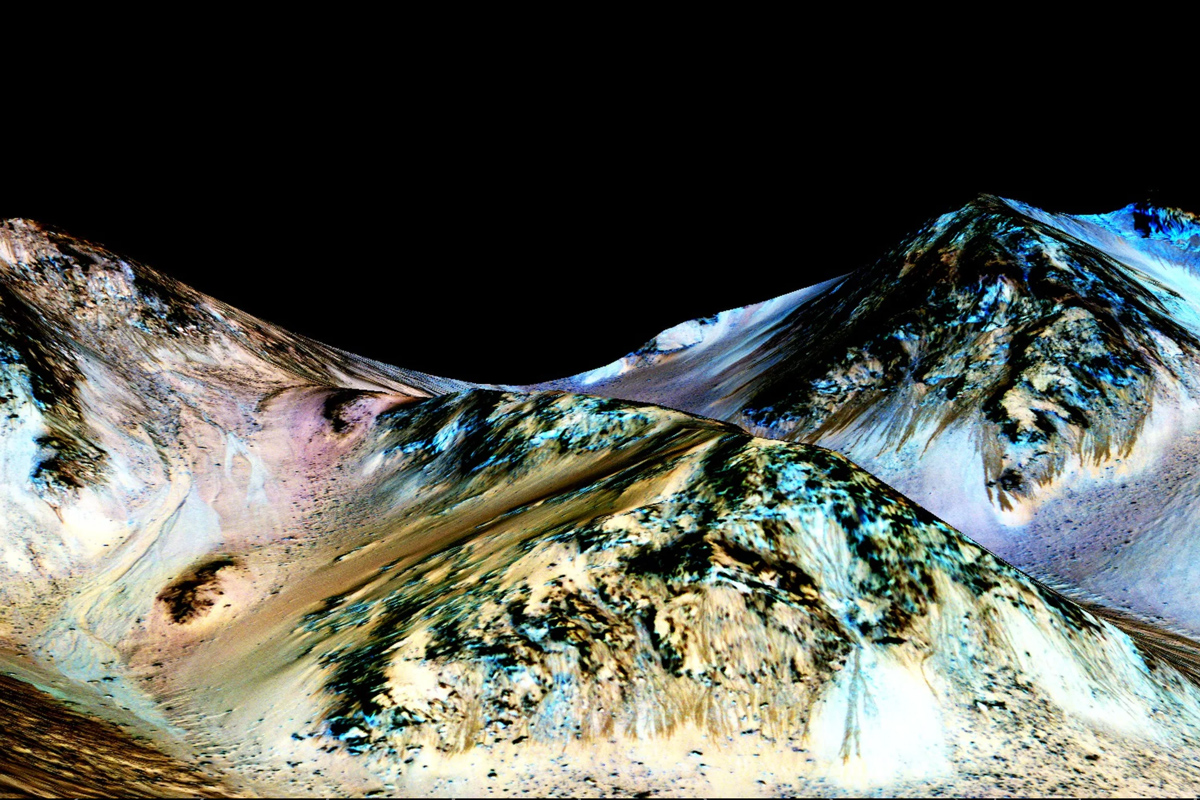
From claims of alien life on the International Space Station to the discovery of titanium snow on an alien planet, there were some strange space stories that made headlines in 2017. Scientists saw an interstellar asteroid (or comet? or spacecraft?) cruise through our solar system, and the fidget spinner craze made it all the way to the space station. Here are some of the weirdest space stories from the past year.
UFO sighting reported in The New York Times
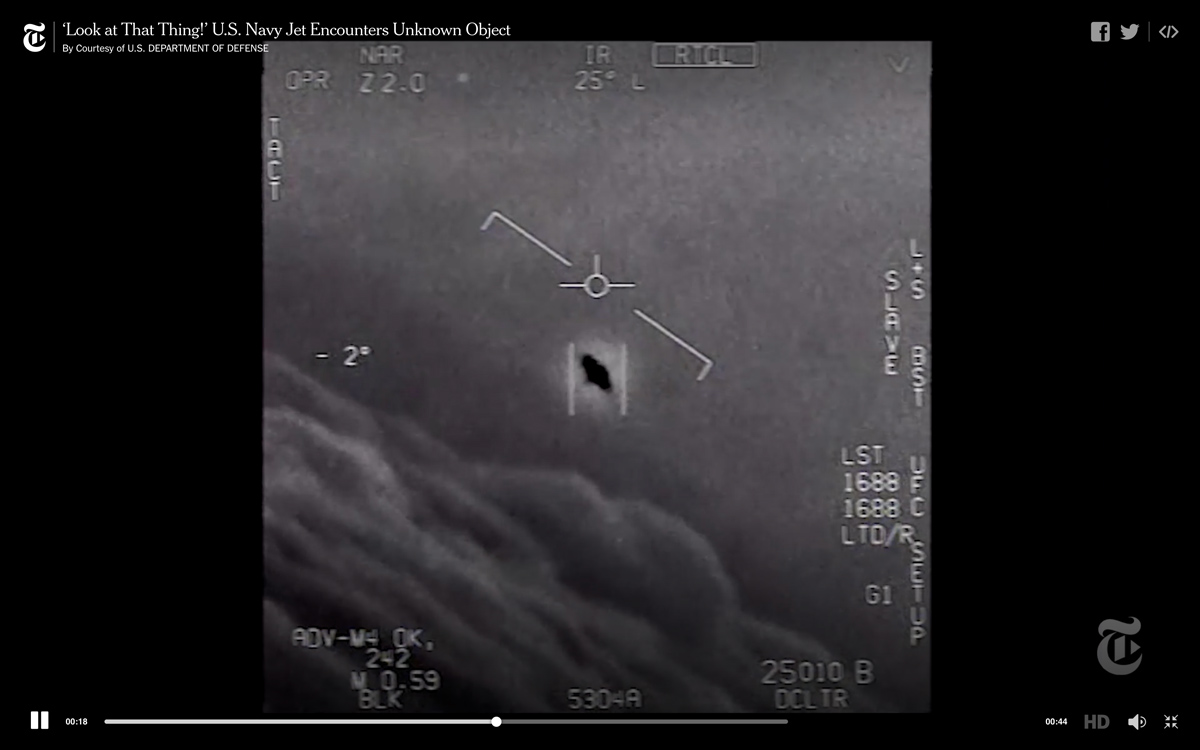
It caused the ocean to boil, flew faster than an F-18 and vanished without a trace. This was the description that a former Navy pilot gave to The New York Times of an unidentified flying object that he says he saw in 2004. "It accelerated like nothing I've ever seen," said Cmdr. David Fravor, adding he was "pretty weirded out" by the strange encounter.
Fravor's account was reported by the Times just as news broke that the U.S. government has been funding a program to search for UFOs since at least 2007. While the Department of Defense says money troubles shut down the annual $22 million program in 2012, the Times maintains that it is still active. Other government programs have been set up to study UFOs: In 2016, the Central Intelligence Agency released previously classified documents about its UFO searches (most of which took place in the 1950s).
An interstellar object visits our solar system
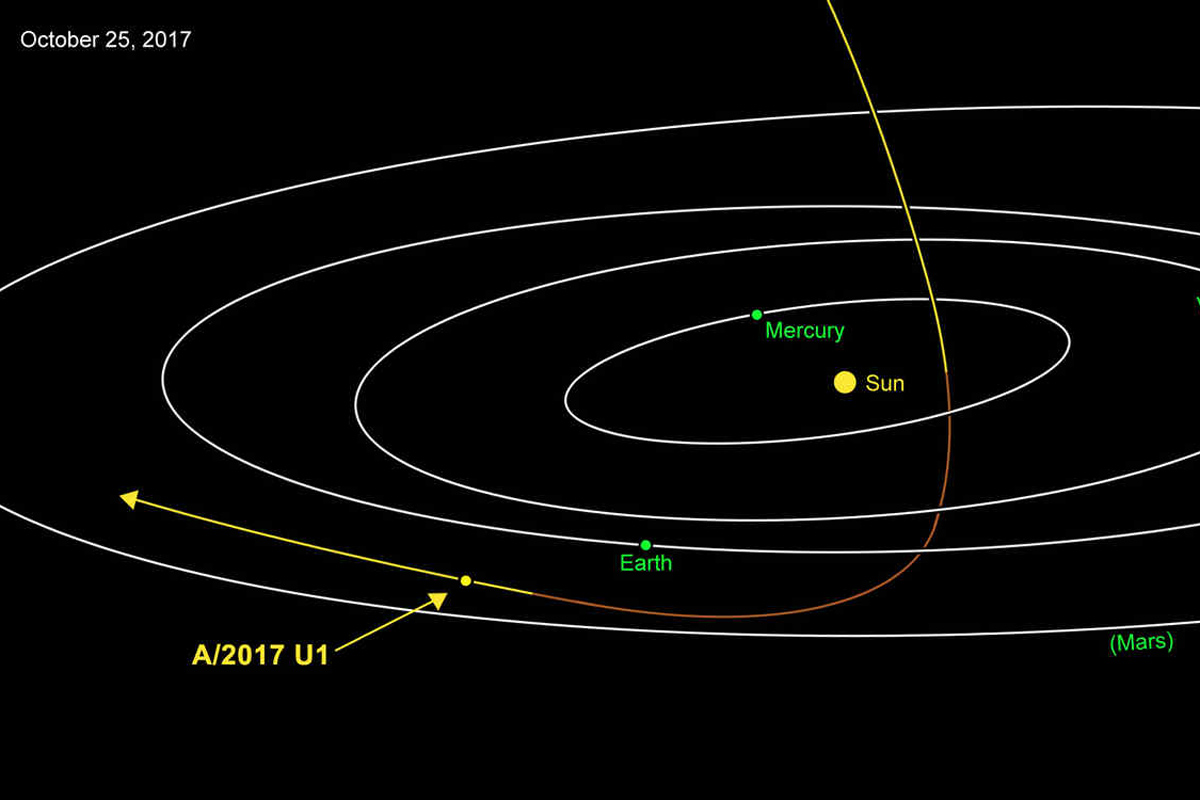
A visitor from far away was spotted inside our solar system in 2017, carrying the mystery of its origins and inspiring some people to hope that perhaps it is an interstellar craft. The object was first detected in October, by researchers using the Pan-STARRS1 telescope in Hawaii. The scientists noticed the object was traveling on a path that would bring it outside of our solar system, even though it didn't pass close enough to any other sizeable objects that could fling it out of the solar system with their gravity. This suggests that it also originated outside the solar system and is simply passing through. (Objects inside the solar system are generally kept inside it by the sun's gravity.)
By December, astronomers announced the object (now called 'Oumuamua) was likely a comet in disguise. A study in the journal Nature announced that 'Oumuamua was surrounded by a carbon-rich crust that likely protected its more delicate, icy insides from the heat of the sun. A separate paper published in The Astrophysical Journal Letters found that 'Oumuamua is very similar to icy objects in the outer solar system, judging by its color. Meanwhile, the Breakthrough Listen project monitored 'Oumuamua in several radio frequencies and didn't hear any signals — so if this object really is an alien craft, it's flying in stealth mode.
Russian cosmonaut claims discovery of alien life
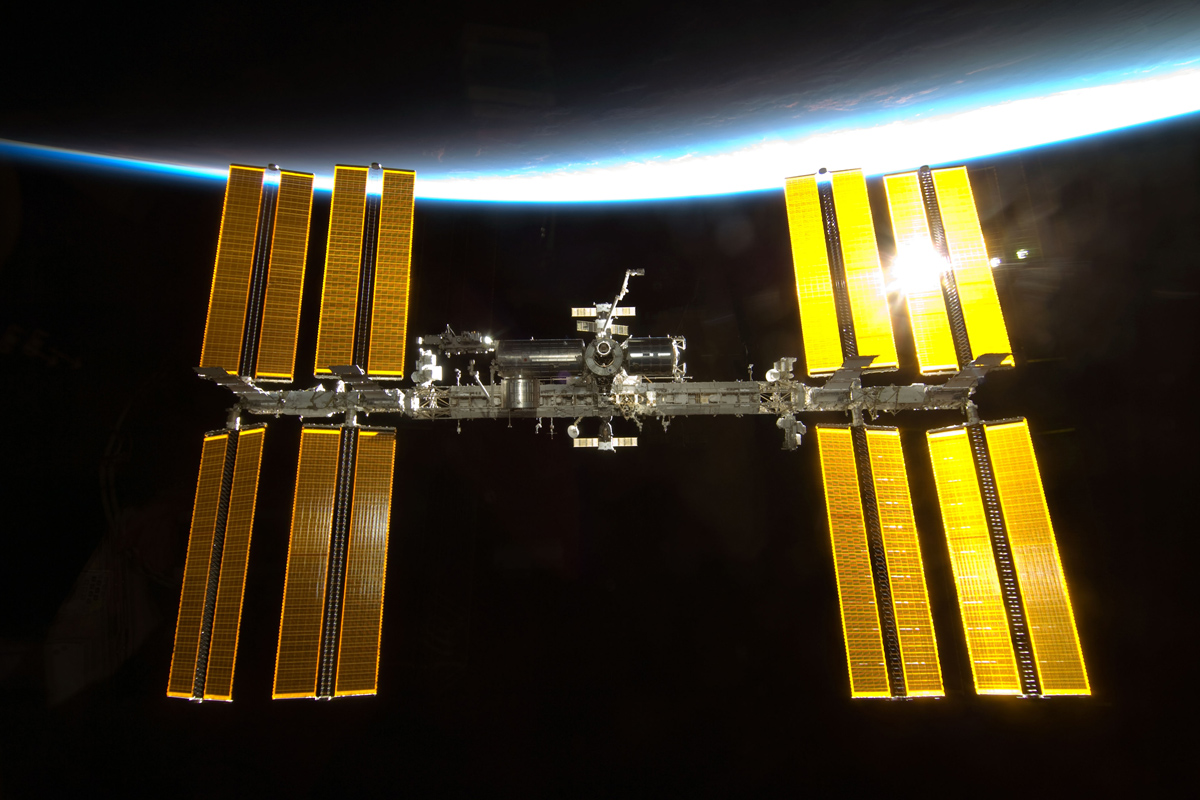
Russian cosmonaut Anton Shkaplerov announced in November that he thinks bacteria discovered on the outside of the International Space Station are extraterrestrial in origin. In an interview with Russia's state-owned TASS new agency, Shkaplerov said samples collected from the hull of the station and sent back to Earth for analysis contain bacteria "from outer space," and that those bacteria were "absent during the launch of the ISS module."
But other news outlets quickly pointed out that the most likely explanation for the presence of the bacteria is Earth contamination. Researchers have found that it is next to impossible to completely remove microscopic organisms from space-bound hardware before flight. The Russians have made claims about space life before: In 2014, a Russian official claimed that sea plankton had been found on the outside of the station. In that instance, as with Shkaplerov's recent assertion, NASA declined to comment about the claims, stating that they were both based on Russian research and therefore the agency could provide no additional insight.
Water on Mars? Evidence is drying up

Microbes wanting to live on Mars may have to move elsewhere. Back in 2015, a widely covered study announced that recurring slope lineae (RSL) — dark streaks that tend to appear on the sunny side of craters — could be caused by liquid water mixed with salt. Because water is key to life as we know it, this discovery opened up the possibility that modern Mars could be a life-friendly planet. In 2016, however, another study suggested that if there is any water in those RSLs, it likely comes from the atmosphere rather than from under the Martian surface.
But in 2017, two alternative hypotheses emerged about these RSL. One November study from suggested that the dark streaks are not indicative of the presence of water, at all, but rather are created by rivulets of granular materials (such as sand) that will flow down slopes of a certain steepness. A similar study in March said RSL are caused by "dry avalanches." But the researchers added that there likely needs to be more study of RSLs on site to figure out exactly what is going on.
Dust could explain the 'alien megastructure' star
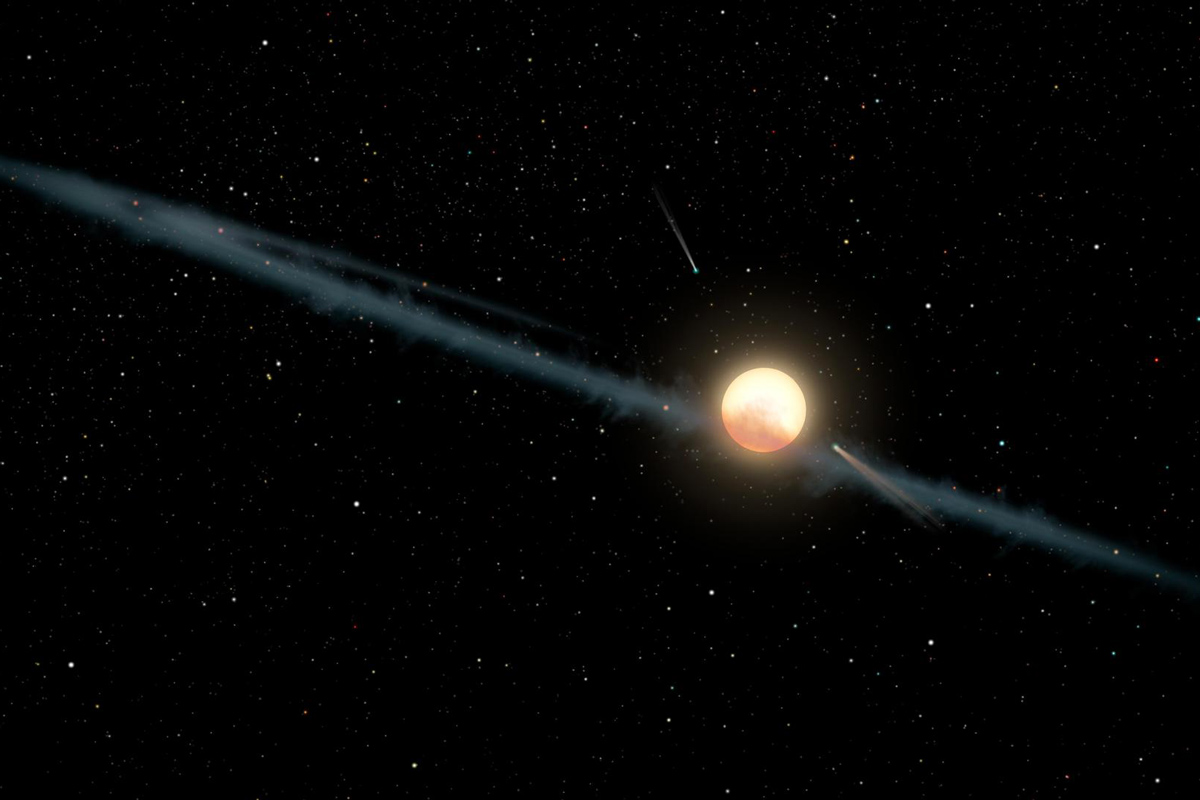
The strange dimming and brightening of Boyajian's star (also known as KIC 8462852 or Tabby's star) was likely not caused by the presence of an alien megastructure, new research argues.
The star, which is about 1,500 light-years from Earth, has been known to dim in strange and dramatic patterns (once by 22 percent) since its discovery in 2015. Because a planet passing in front of the star and blocking its light couldn't produce the irregular dimming, several explanations emerged, including comet swarms passing in front of the star, as well as the (less likely) alien-megastructure hypothesis.
A study published in October not only argues against the latter hypothesis, but also provides a much more practical explanation: It's just dust. Astronomers came to the conclusion after noticing the dimming was more pronounced in ultraviolet light. The researchers say this indicates the presence of dust grains that are too small to block light consistently across all wavelengths, but large enough to stay in orbit around the star despite the radiation pressure that would dispel smaller grains. However, the dust doesn't explain the most extreme brightness dips of at least 20 percent, so the researchers say more study is required.
Snow falls on a very hot exoplanet
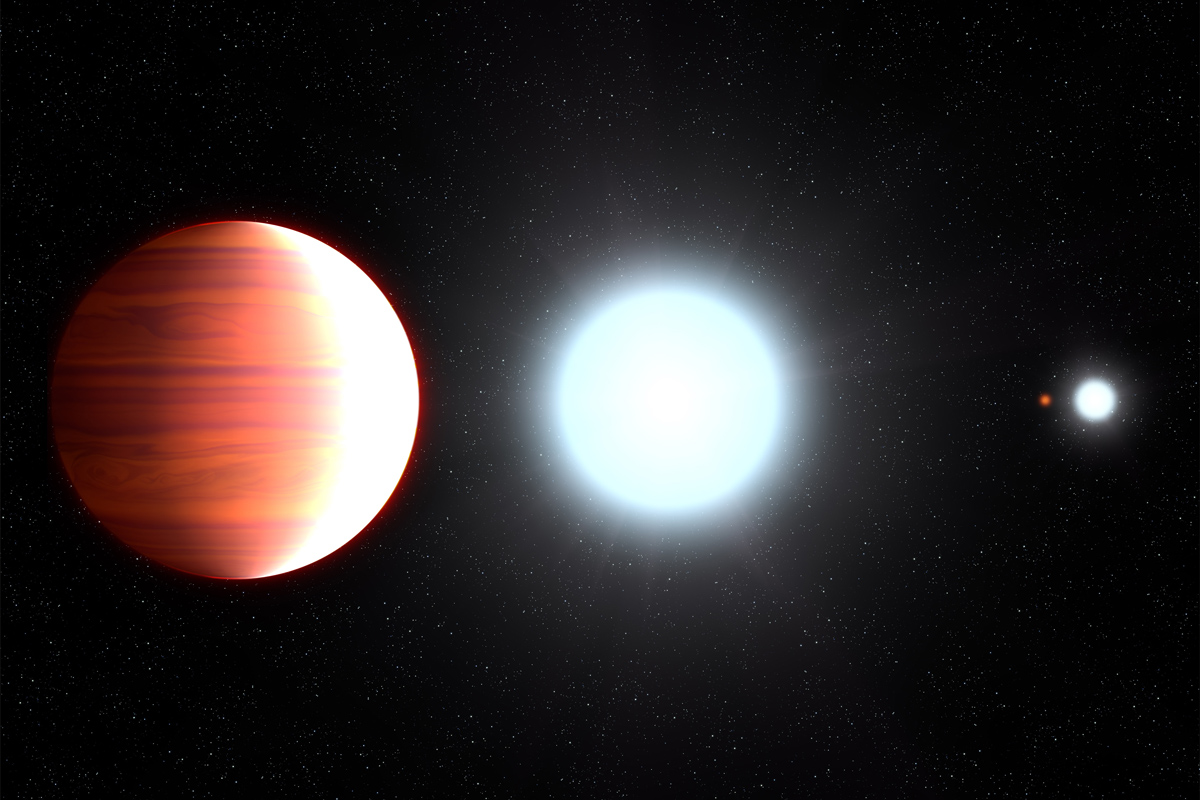
Exoplanets can (and do!) have some bizarre compositions compared to what we see in our own solar system, but one spotted in 2017 is among the weirdest ever seen. Astronomers used the Hubble Space Telescope to take a closer look at Kepler-13Ab, which is six times more massive than Jupiter and roughly 1,730 light-years from Earth. The planet is very close to its parent star and therefore extremely hot (5,000 degrees Fahrenheit or 2,760 degrees Celsius on the daytime side).
But here's where things get strange: Hubble found more temperate conditions high in Kepler-13Ab's atmosphere. That itself is not a surprise — other “hot Jupiters" have the same situation — but here, the research team saw evidence of titanium-dioxide snow. How does it form? As the theory goes, the planet has blustery winds that carry the titanium dioxide to the nightside. The substance cools and condenses into clouds that then "snow" into the lower atmosphere. It's the first time this kind of "cold trap" has been seen in an exoplanet.
Fidget spinners on the space station
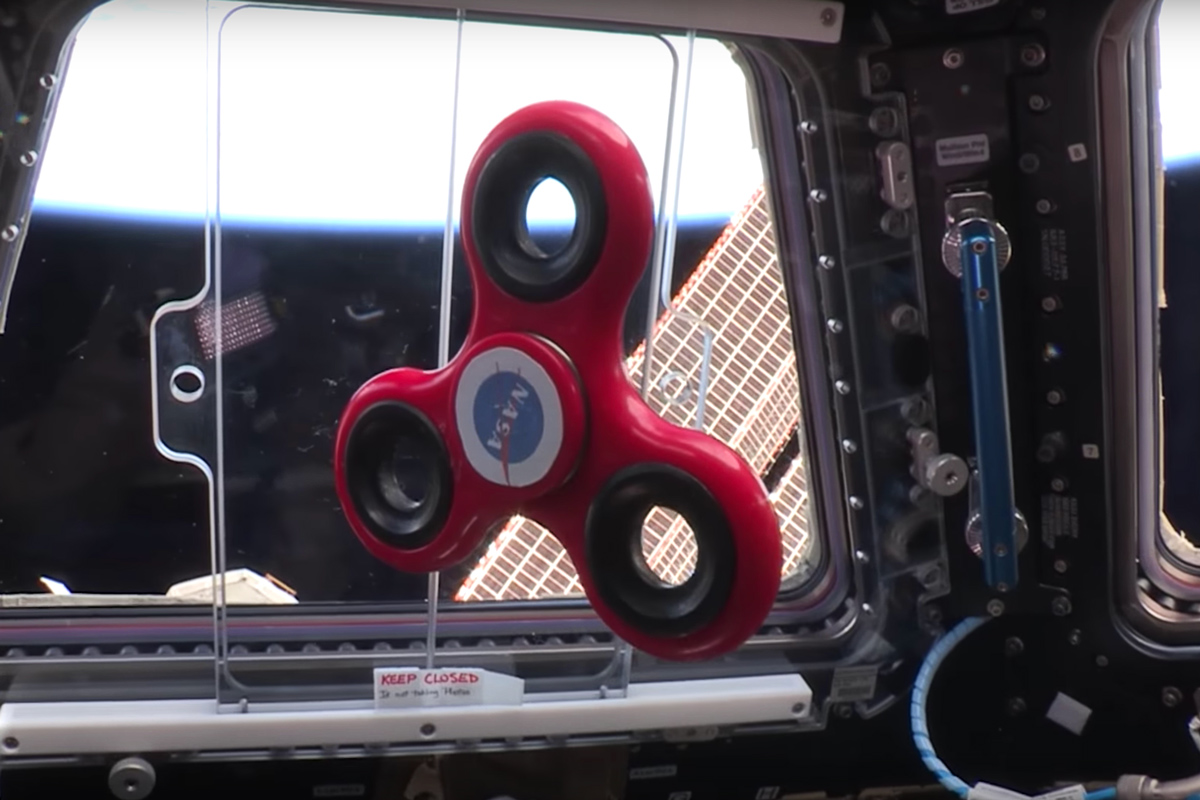
Fidget spinners were one of the toys to have in 2017. These plastic or metal devices have a ball bearing at the center, allowing a person to spin it in their hands. Because manufacturers said the action would help fidgety kids focus in the classroom, fidget spinners sparked a wider discussion about attention in children and awareness about conditions such as anxiety or attention deficit hyperactivity disorder (ADHD).
NASA — which is all about educating kids — decided to demonstrate what a fidget spinner does in microgravity. The agency released a cute video showing astronauts playing with a NASA logo-adorned spinner on the International Space Station. Astronauts tumbled and spun with the fidget spinner in their hands, and shots of the spinner were also shown in front of the Cupola, where multiple windows look down on Earth.
Follow us @Spacedotcom, Facebook and Google+.
Join our Space Forums to keep talking space on the latest missions, night sky and more! And if you have a news tip, correction or comment, let us know at: community@space.com.
Get the Space.com Newsletter
Breaking space news, the latest updates on rocket launches, skywatching events and more!

Elizabeth Howell (she/her), Ph.D., was a staff writer in the spaceflight channel between 2022 and 2024 specializing in Canadian space news. She was contributing writer for Space.com for 10 years from 2012 to 2024. Elizabeth's reporting includes multiple exclusives with the White House, leading world coverage about a lost-and-found space tomato on the International Space Station, witnessing five human spaceflight launches on two continents, flying parabolic, working inside a spacesuit, and participating in a simulated Mars mission. Her latest book, "Why Am I Taller?" (ECW Press, 2022) is co-written with astronaut Dave Williams.
